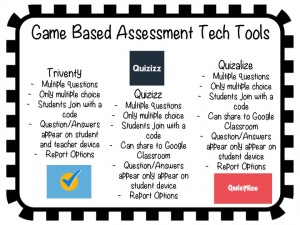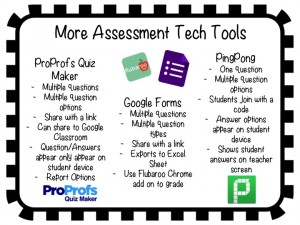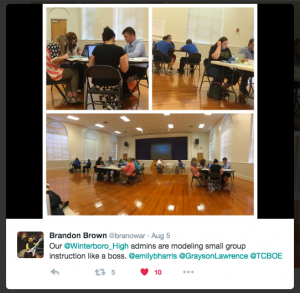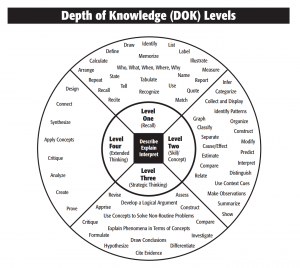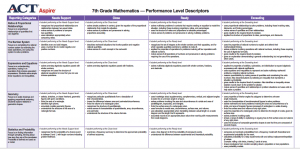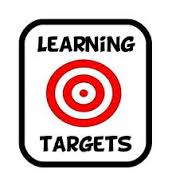Meet Newsela!
The following is a blog post written by our Tech Integration Specialist, Emily Nestor! Great post! Check out the Newsela Hyperdoc!
 One of my favorite purchases that we have made this year is Newsela Pro! Although several teachers have been utilizing the free version since it first launched in 2013, the additional features in the Pro version make the upgrade well worth it!
One of my favorite purchases that we have made this year is Newsela Pro! Although several teachers have been utilizing the free version since it first launched in 2013, the additional features in the Pro version make the upgrade well worth it!
For those who are unfamiliar with Newsela, the website takes high interest, nonfiction stories (articles, biographies, famous speeches) published by respected news organizations, and rewrites them at five different reading levels. These stories can be accessed by students online. While reading, students are able to utilize a built-in annotation tool, which is very beneficial since Close Reading is a foundational reading skill when it comes to “digging deeper” with the text. Newsela also creates quizzes and writing prompts based on the 8 CCRS Reading Anchor Standards that align with the reading. These quizzes and writings provide teachers with a real-time look into what their students are understanding and what they are not (which is HUGE for differentiating instruction).
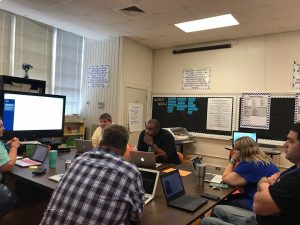 Last week in Teacher Academy, I took my History, Science, and ELA teachers on a “Tech Walk” through Newsela Pro! We looked at the features that were available and the data that would be provided to us as we utilize this awesome resource within our classrooms! I also provided them with a Newsela 101 Hyperdoc that I created as a resource for any questions and troubleshooting that they might encounter. To say they left Teacher Academy excited was an understatement!
Last week in Teacher Academy, I took my History, Science, and ELA teachers on a “Tech Walk” through Newsela Pro! We looked at the features that were available and the data that would be provided to us as we utilize this awesome resource within our classrooms! I also provided them with a Newsela 101 Hyperdoc that I created as a resource for any questions and troubleshooting that they might encounter. To say they left Teacher Academy excited was an understatement!
I am looking forward to visiting classrooms this week and seeing Newsela in action!
